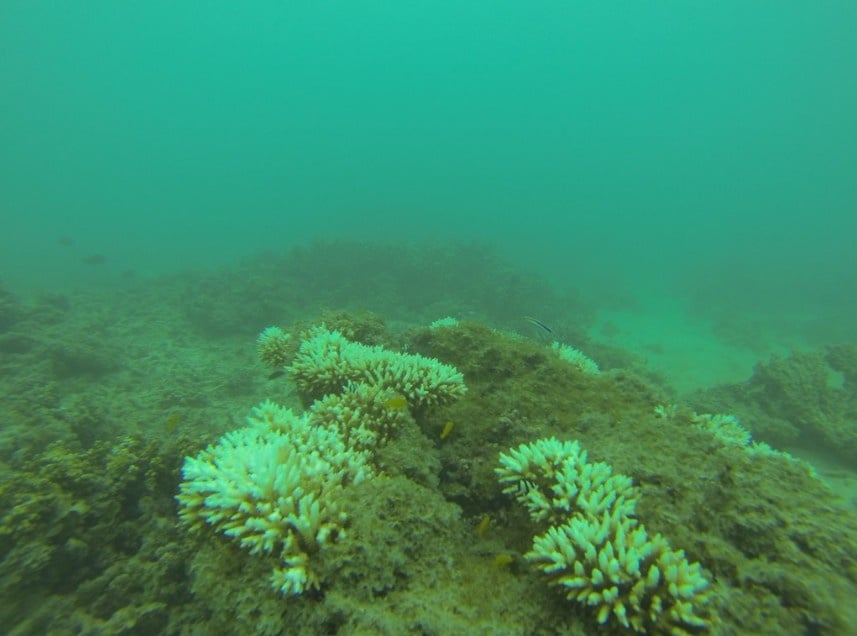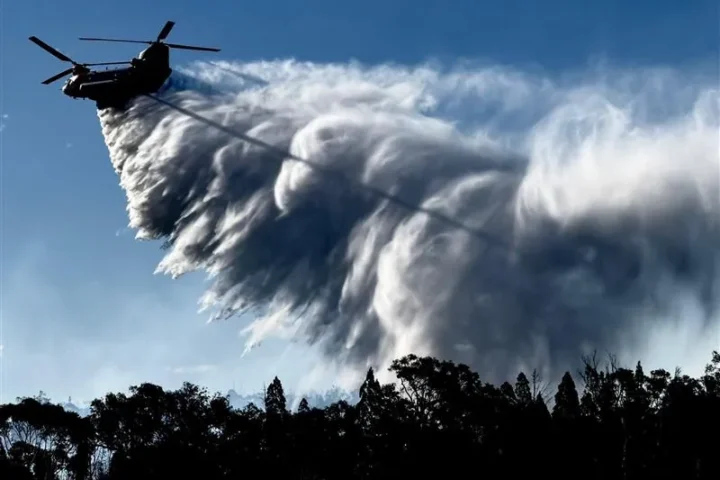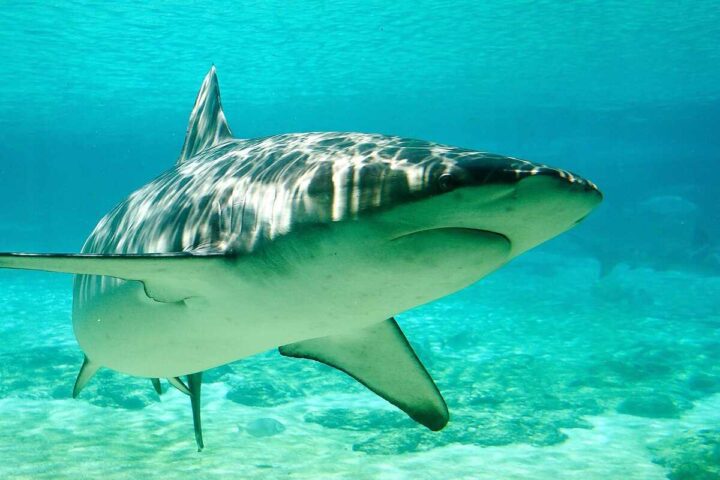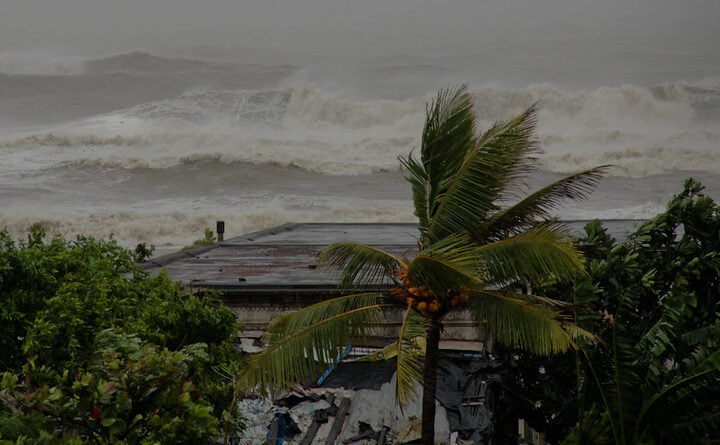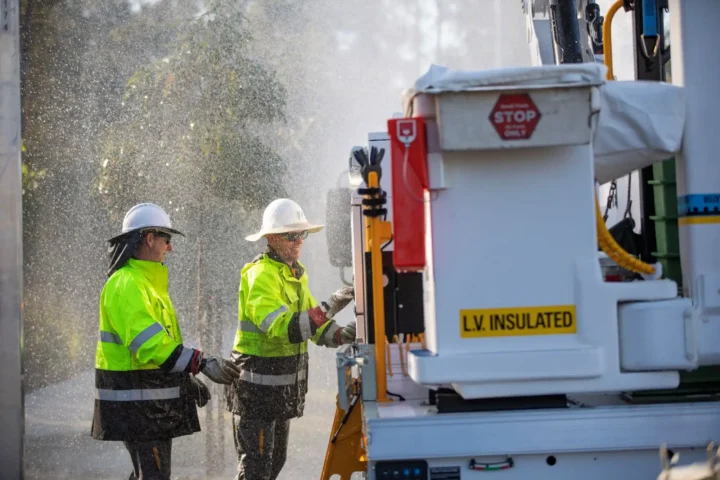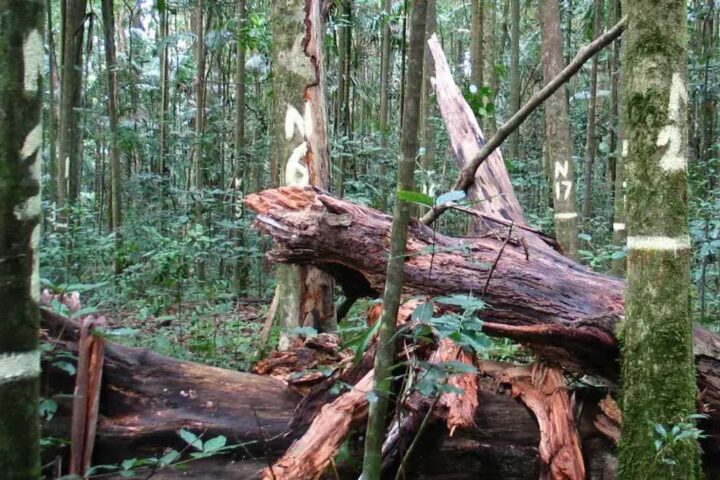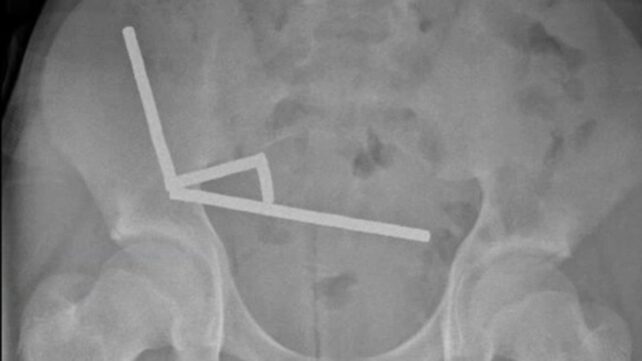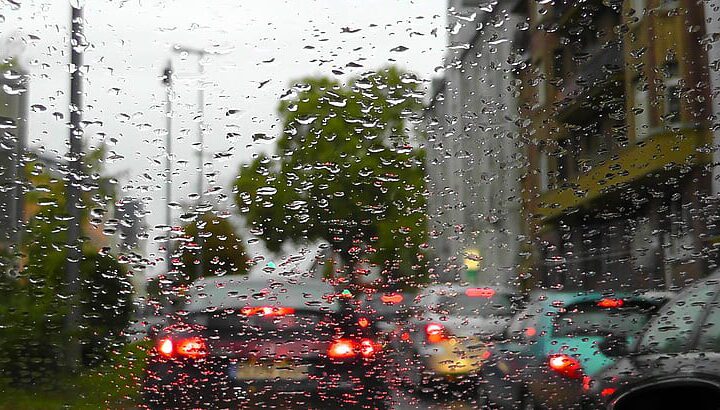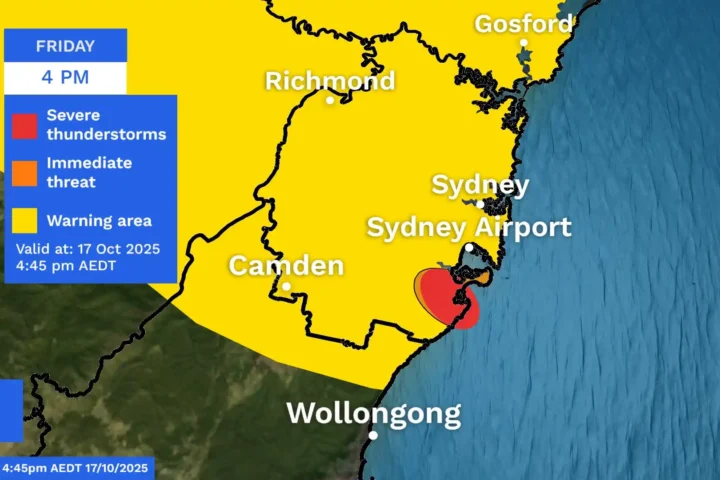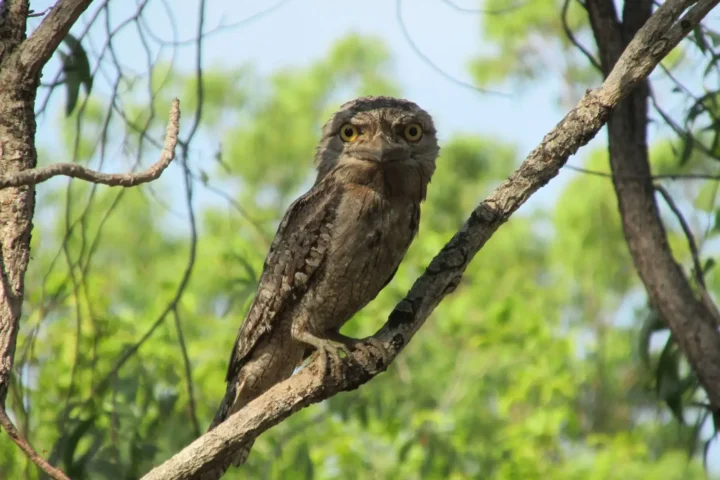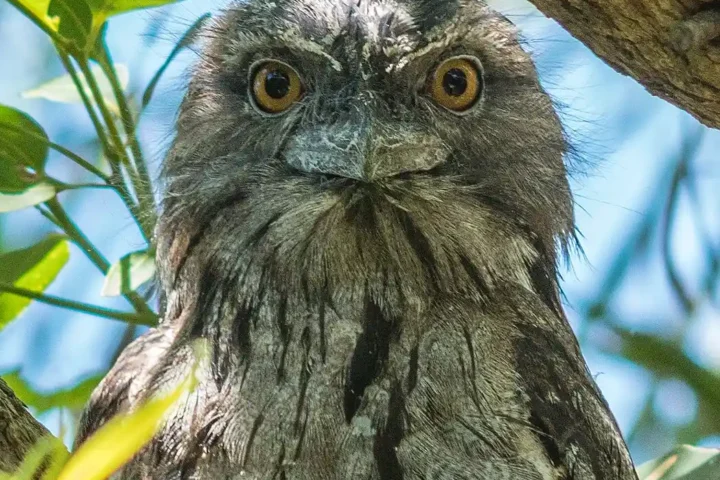Ningaloo Reef is experiencing unprecedented coral bleaching, marking the first time both it and the Great Barrier Reef have bleached simultaneously. This alarming development comes as global warming pushes ocean temperatures to record highs.
Scientists report that since January 2023, heat stress has affected 84% of the world’s coral reefs – the largest global bleaching event ever recorded. The marine heatwave hitting Western Australia has bleached reefs from Ningaloo up to Ashmore Reef simultaneously—another “first”.
Minderoo scientists describe the bleaching as akin to an underwater bushfire, with aerial and drone footage documenting rapid color loss.
A Curtin University survey of 21 sites found 1–5 % of ancient Porites coral boulders have died so far. While this might sound small, experts warn it understates the true impact, as widespread stress affects the entire ecosystem.
Follow-up assessments by Western Australia’s Department of Biodiversity, Conservation and Attractions (DBCA) and Traditional Owners are conducting aerial and in-water surveys across Turquoise Bay, Tantabiddi and Coral Bay throughout March–May 2025 via the Resilient Reefs Ningaloo program.
What’s causing the bleaching?
The science is clear. Oceans have absorbed over 90% of anthropogenic heat, pushing sea surface temperatures 1.5–2.0 °C above seasonal norms in March 2025.
It’s not just heat. Ocean waters are becoming more acidic as they absorb carbon dioxide. Seawater pH off reefs has fallen from ~8.11 in 1985 to ~8.05 in 2021—a ~30% increase in acidity since pre-industrial times, weakening coral skeleton formation and increasing susceptibility to stress.
Scientists race for solutions
At Minderoo’s Exmouth Research Lab and AIMS’s SeaSim, scientists are breeding heat-tolerant corals—offspring show up to twice the maternal thermal resilience. Meanwhile, the AIMS SeaSim facility has spawned and reared over 100,000 juvenile corals, with initial field trials on the Great Barrier Reef demonstrating >70% survival six months post-transplant.
The DBCA’s Resilient Reefs initiative is piloting larval reseeding and remote-site settlement plates across five World Heritage reefs, including Ningaloo.
Similar Posts
Indigenous knowledge offers insights
Baiyungu Traditional Owner Hazel Walgar highlights reliance on seasonal freshwater influx (“Thubayurri – hot time”) that historically aided coral recovery. Bardi Jawi Rangers report that bleaching jeopardizes cultural food sources and intergenerational storytelling tied to reef health.
Over 65 Traditional Owner groups are now co-managing reef protection, offering valuable ecological knowledge and conservation methods via the Resilient Reefs Ningaloo program.
The economic stakes are enormous
Coral reefs underpin up to US $9.9 trillion per year in ecosystem services, supporting 1 billion people globally. The 2018–19 Ningaloo tourism season generated A$110 million in value added, 90 % of which derived from marine-tourism activities like whale-shark snorkeling.
Fossil fuel projects pose a threat. Woodside’s Burrup Hub/North West Shelf extension to 2070 may lock in emissions that drive further reef decline.

A call for urgent action
The IPCC warns that exceeding 1.5 °C global warming endangers 70–90% of coral reefs by 2030. WA Environment Minister Reece Whitby has ordered urgent briefings on Ningaloo’s condition. Andrew Forrest is urging mining investors to accelerate renewables, warning “If we destroy the oceans, we destroy our economy”.
As corals continue to struggle with warming waters, the race to save Ningaloo combines cutting-edge science, ancient knowledge, and economic reality. What happens next depends on how quickly the world responds to this underwater emergency.
